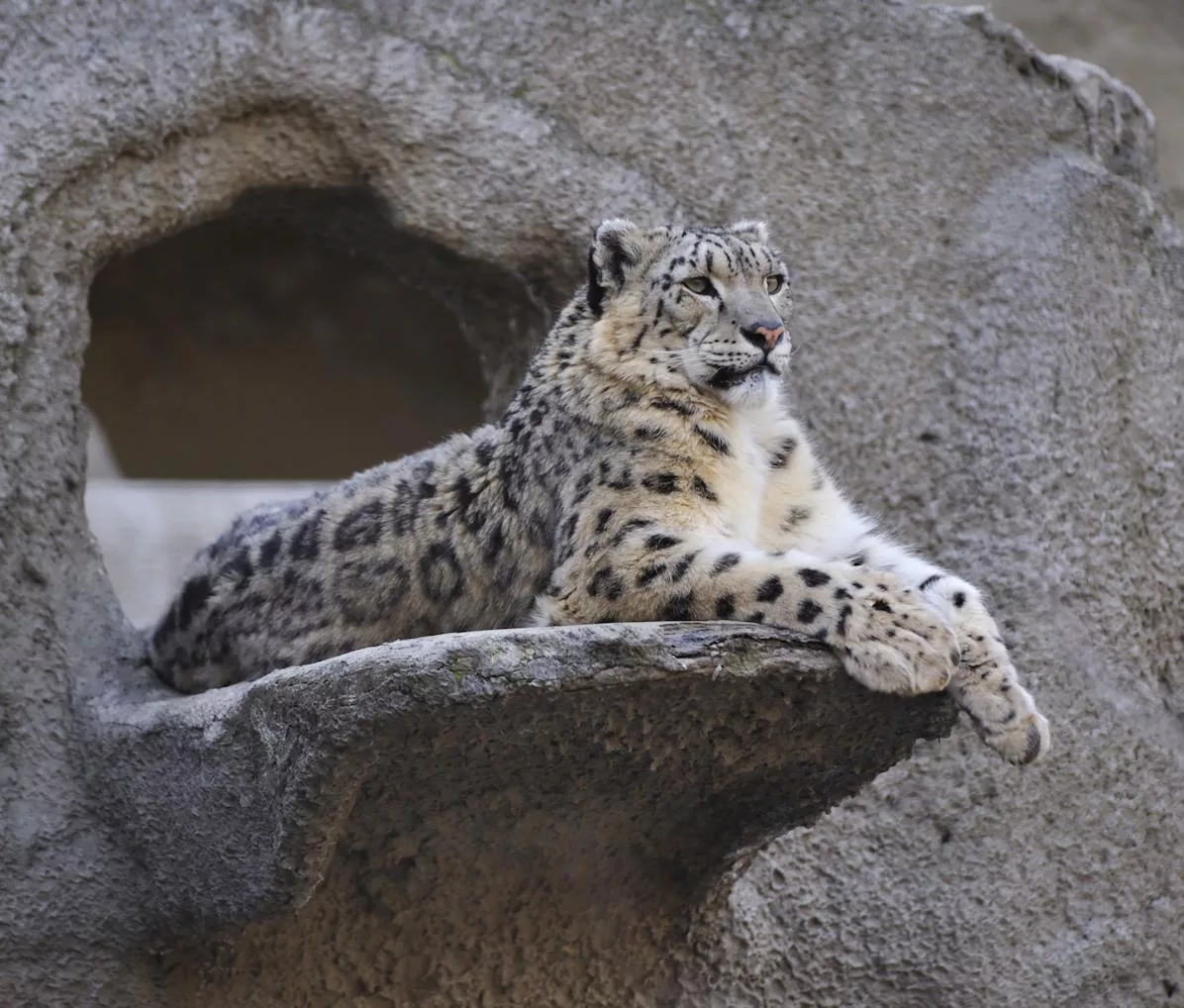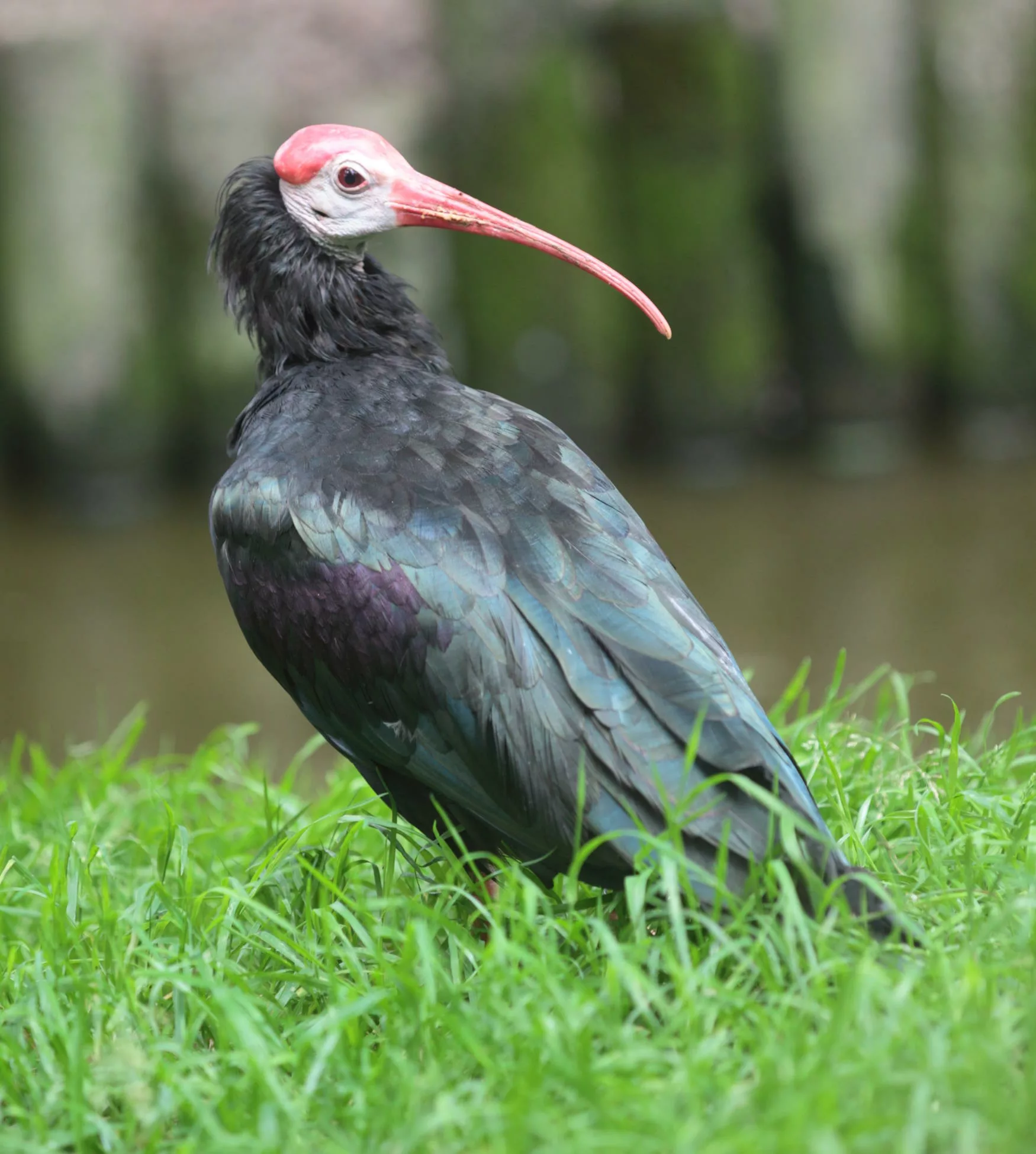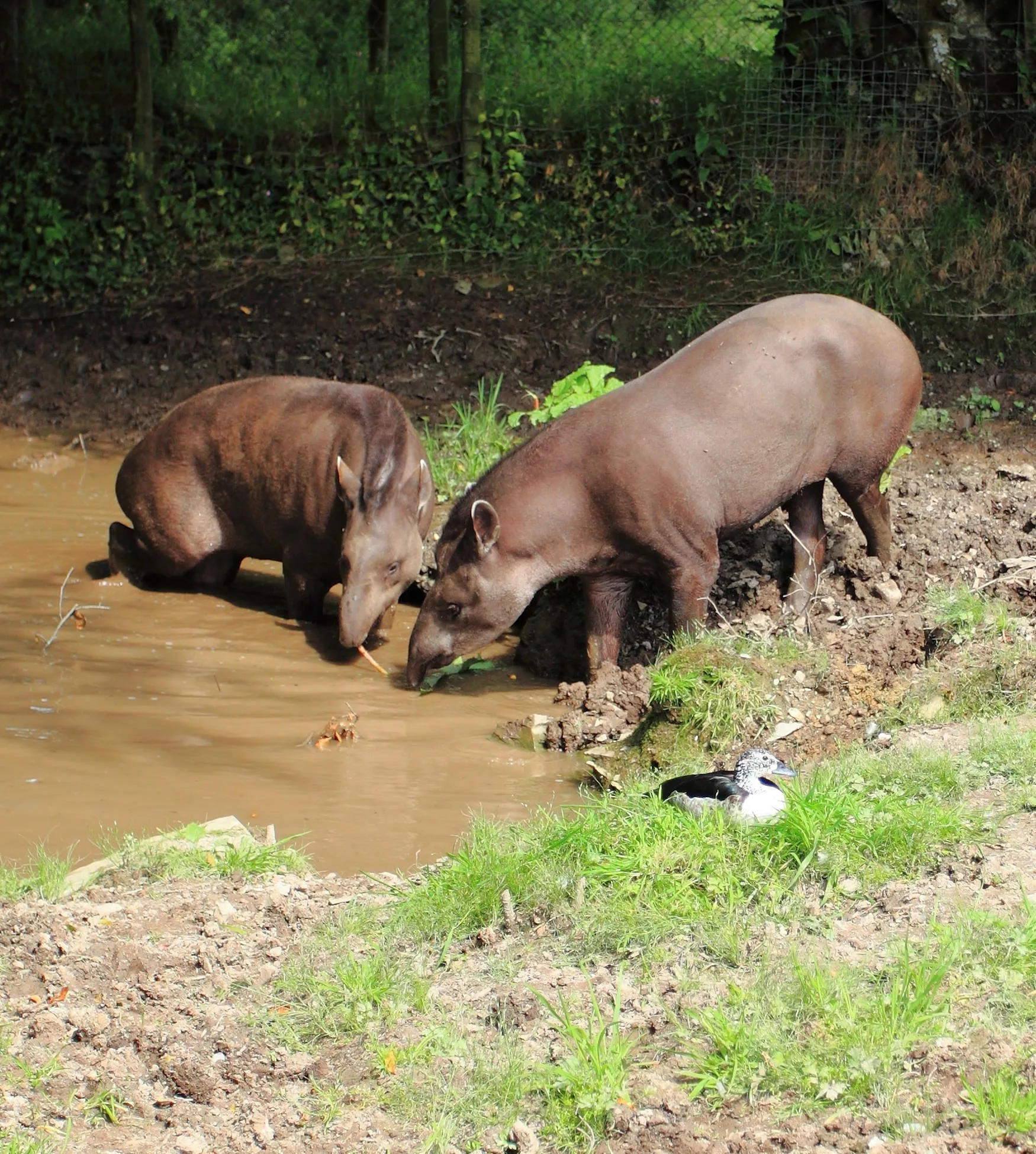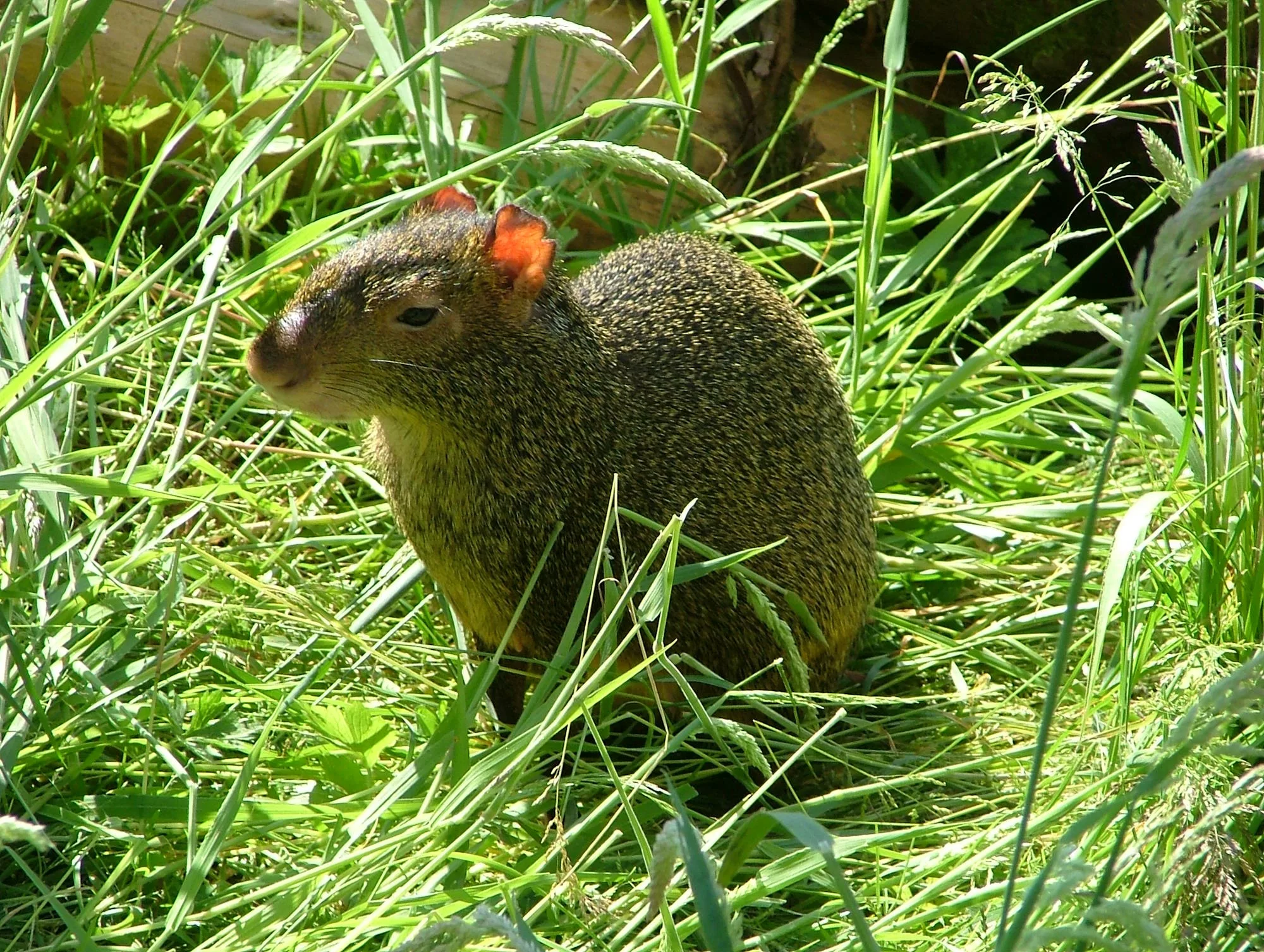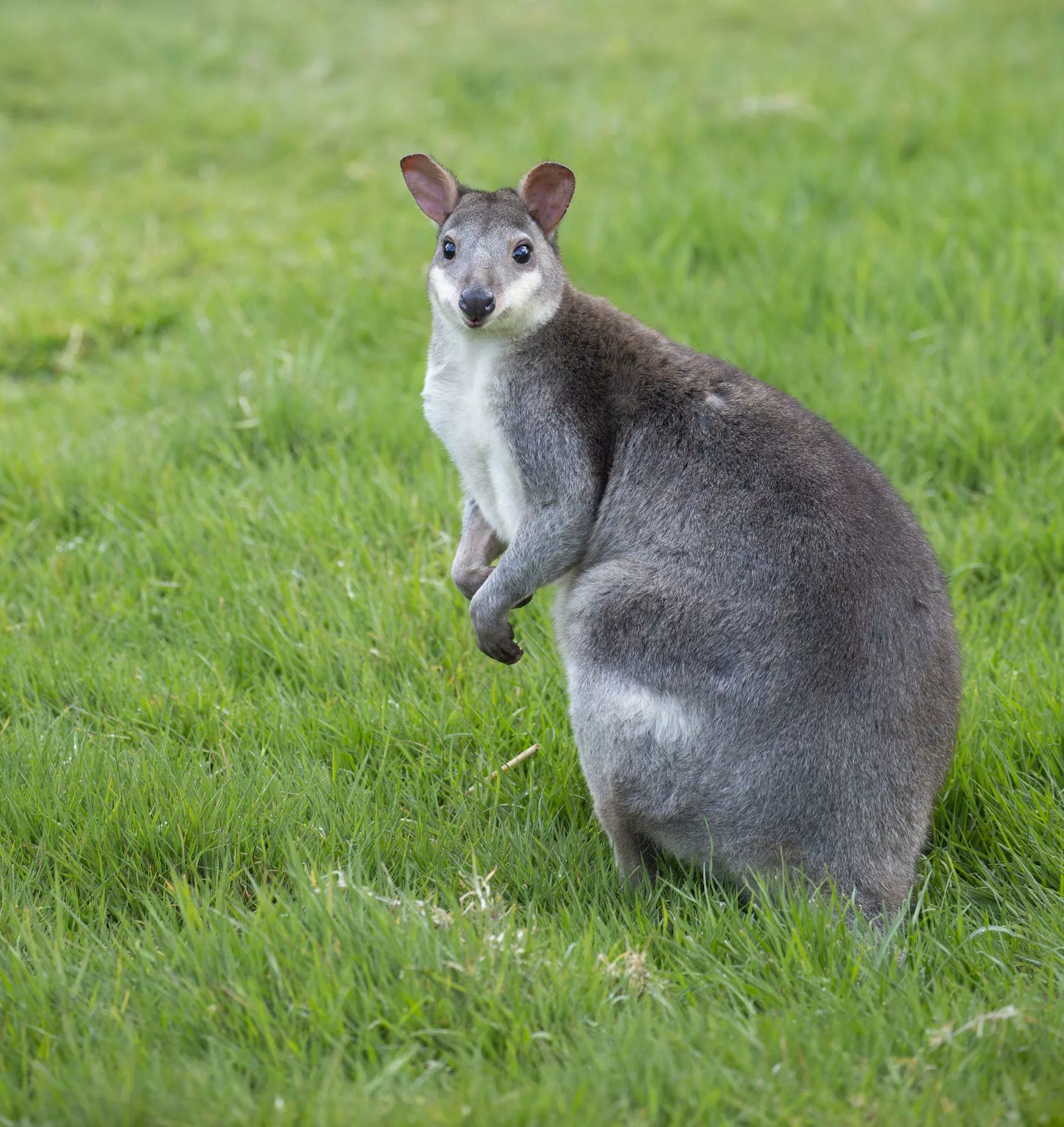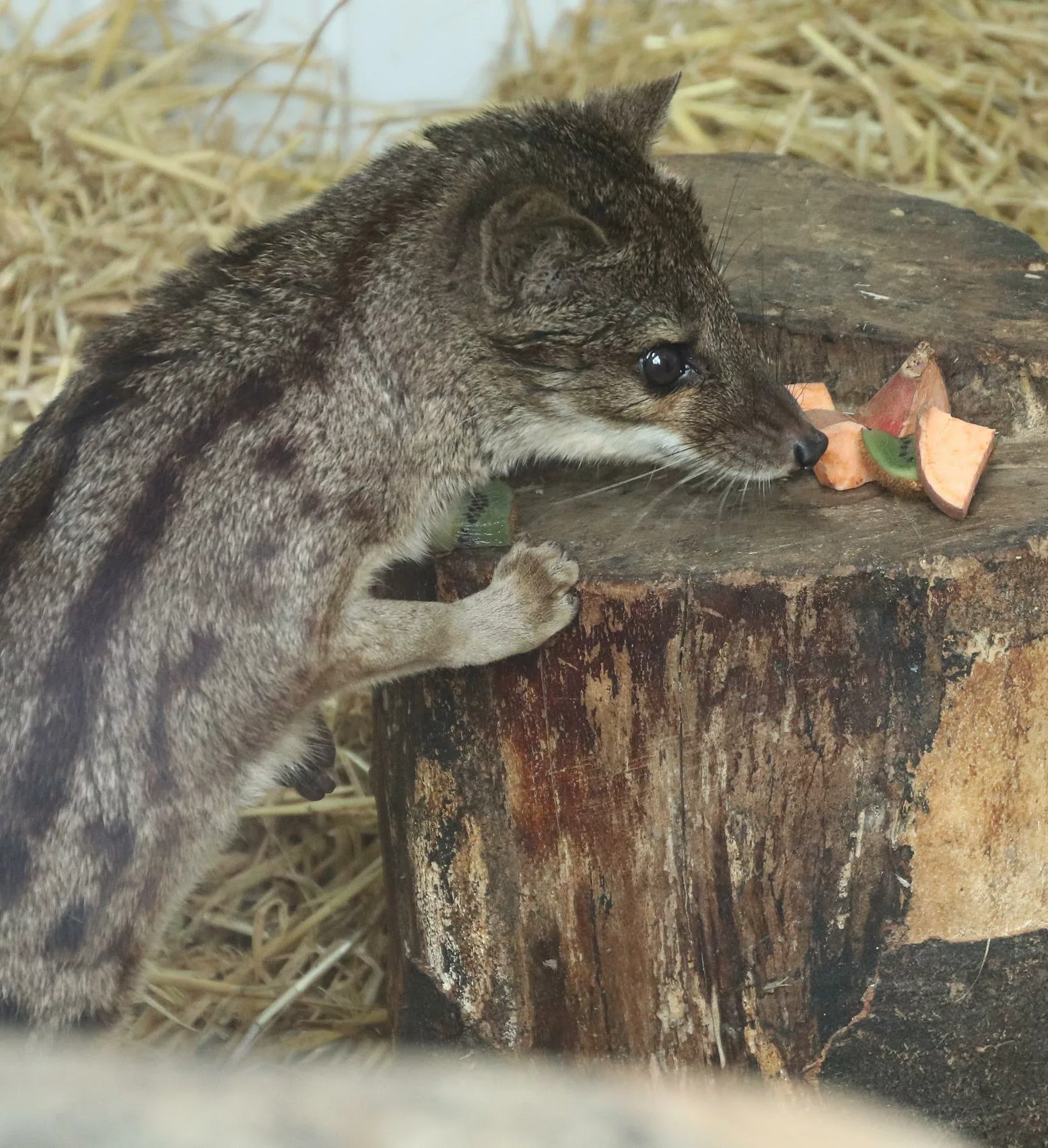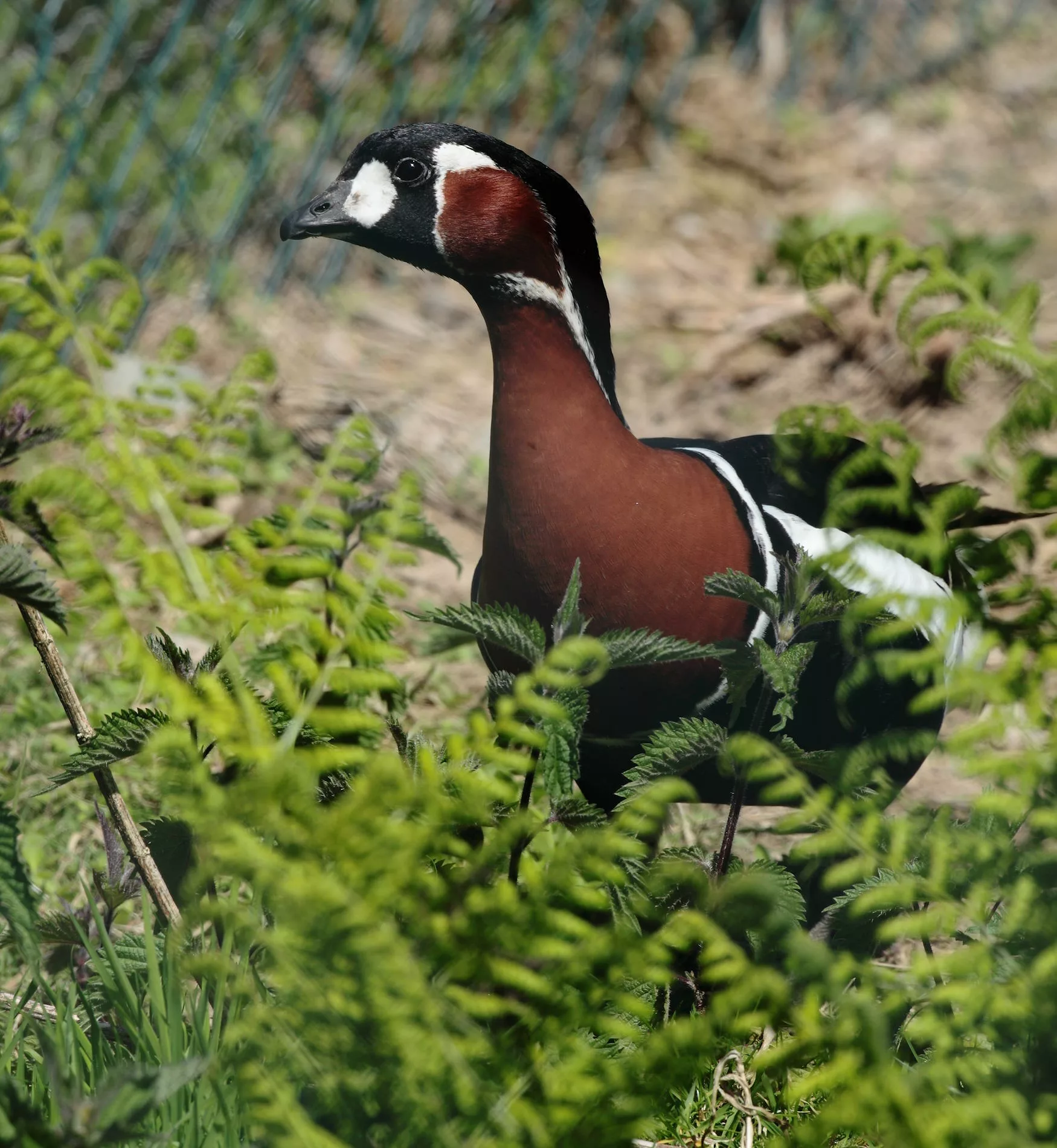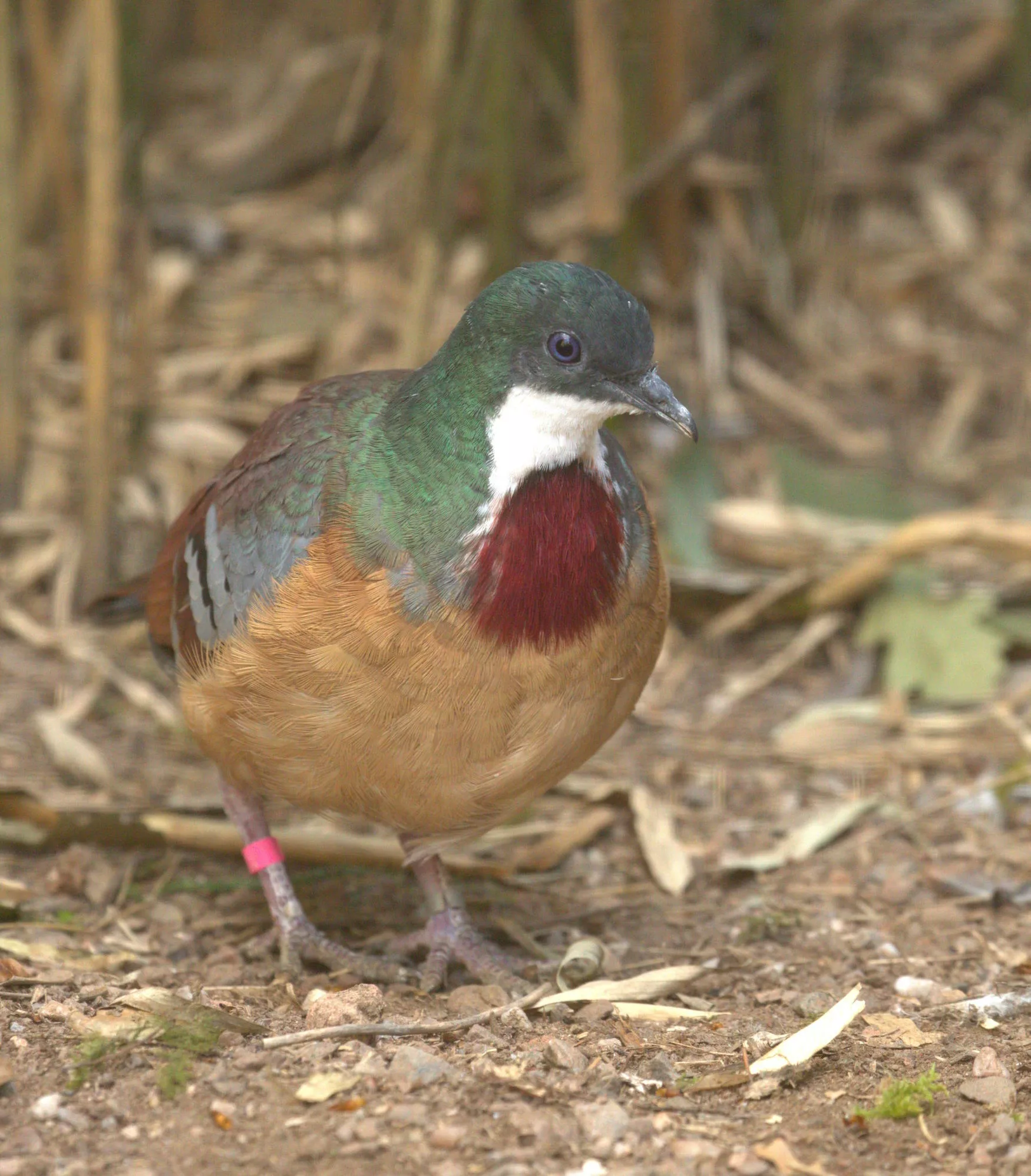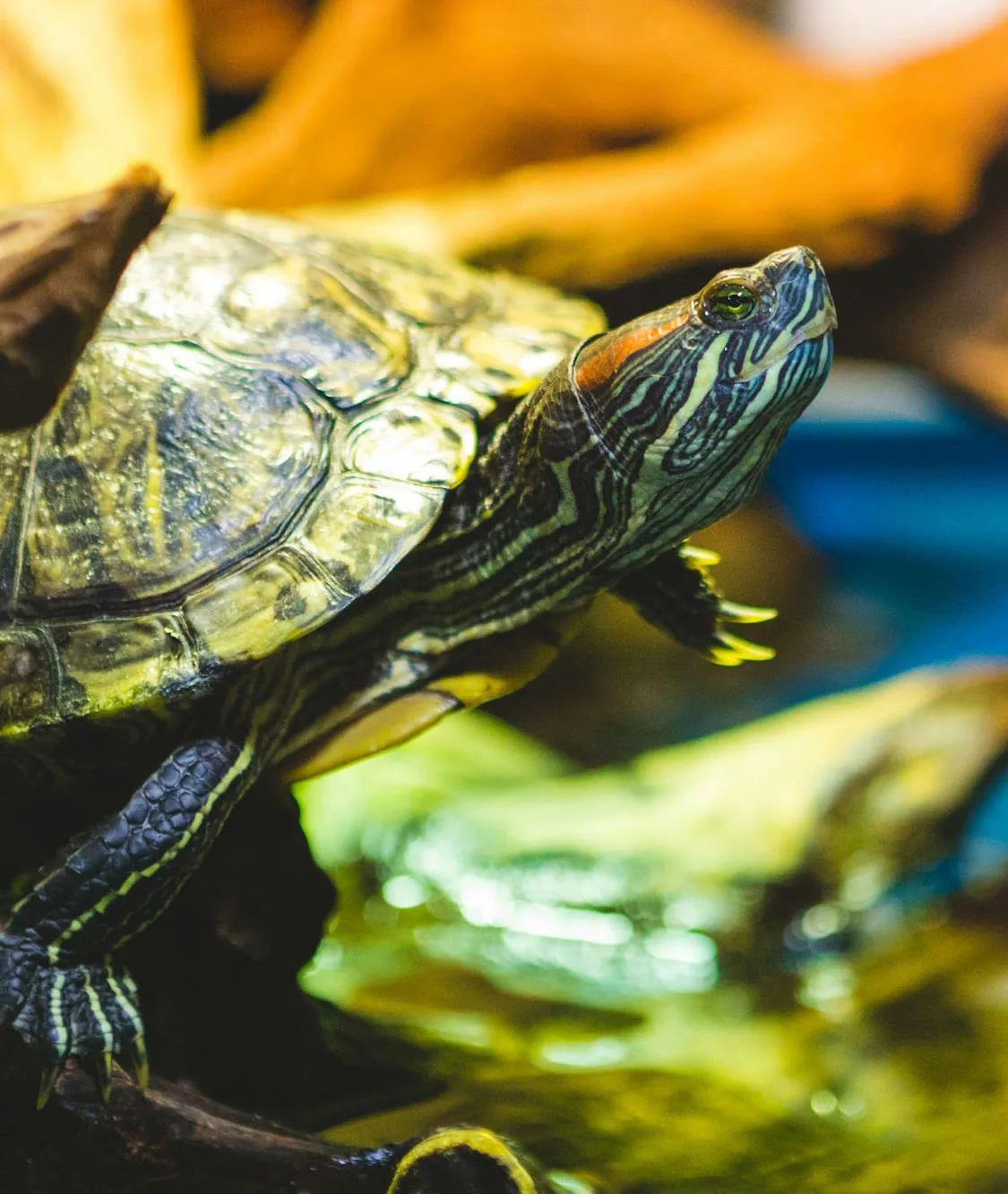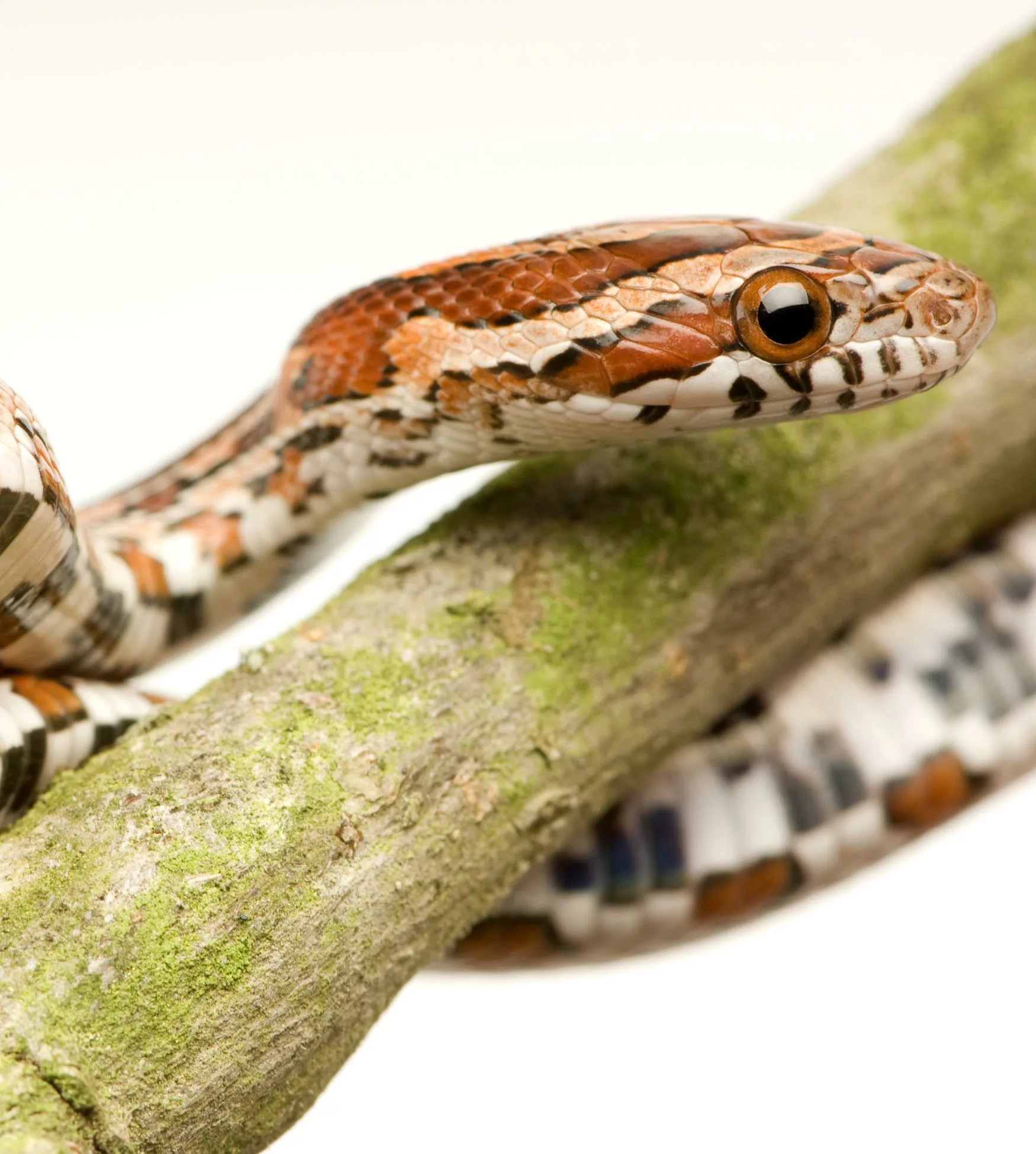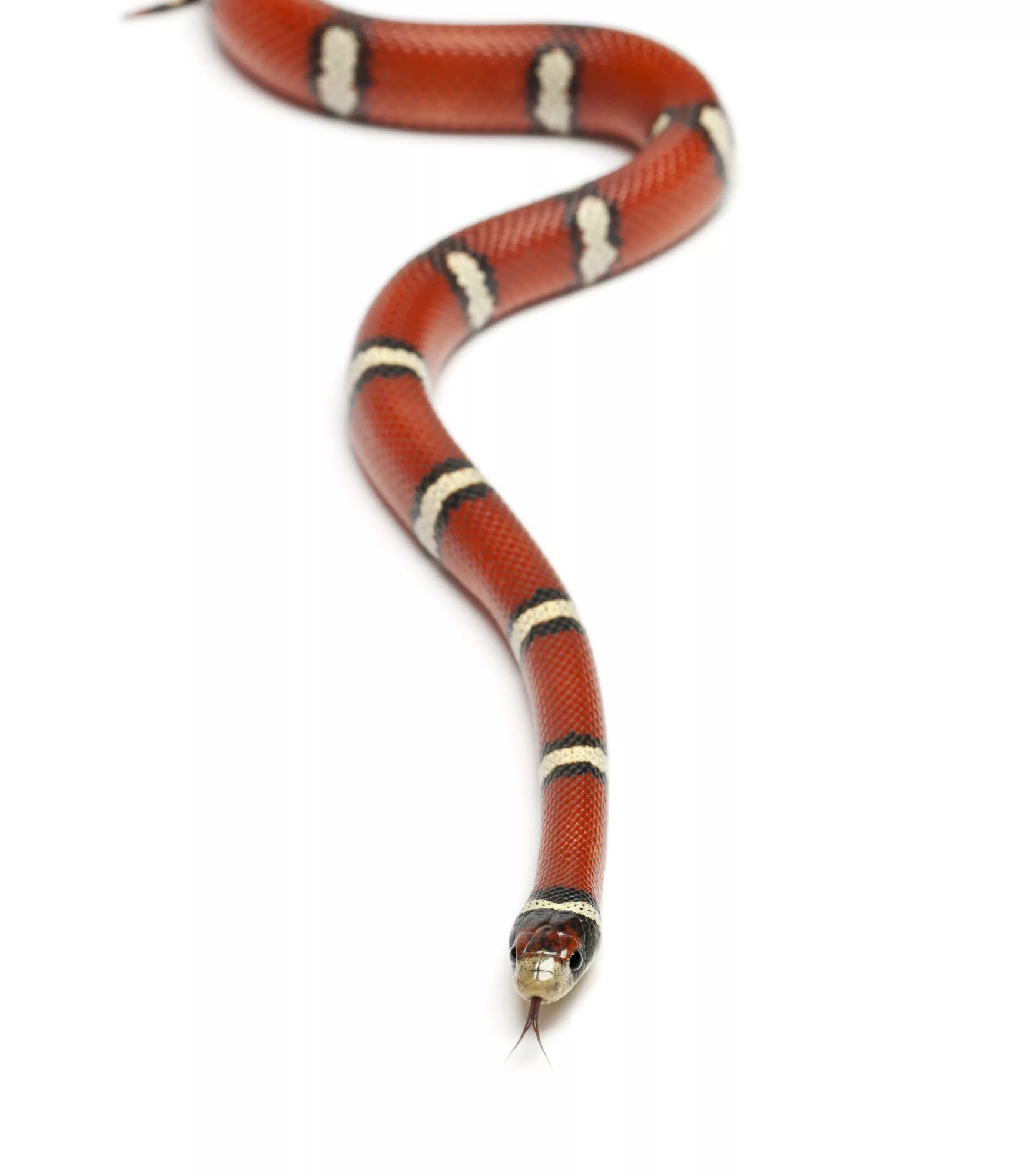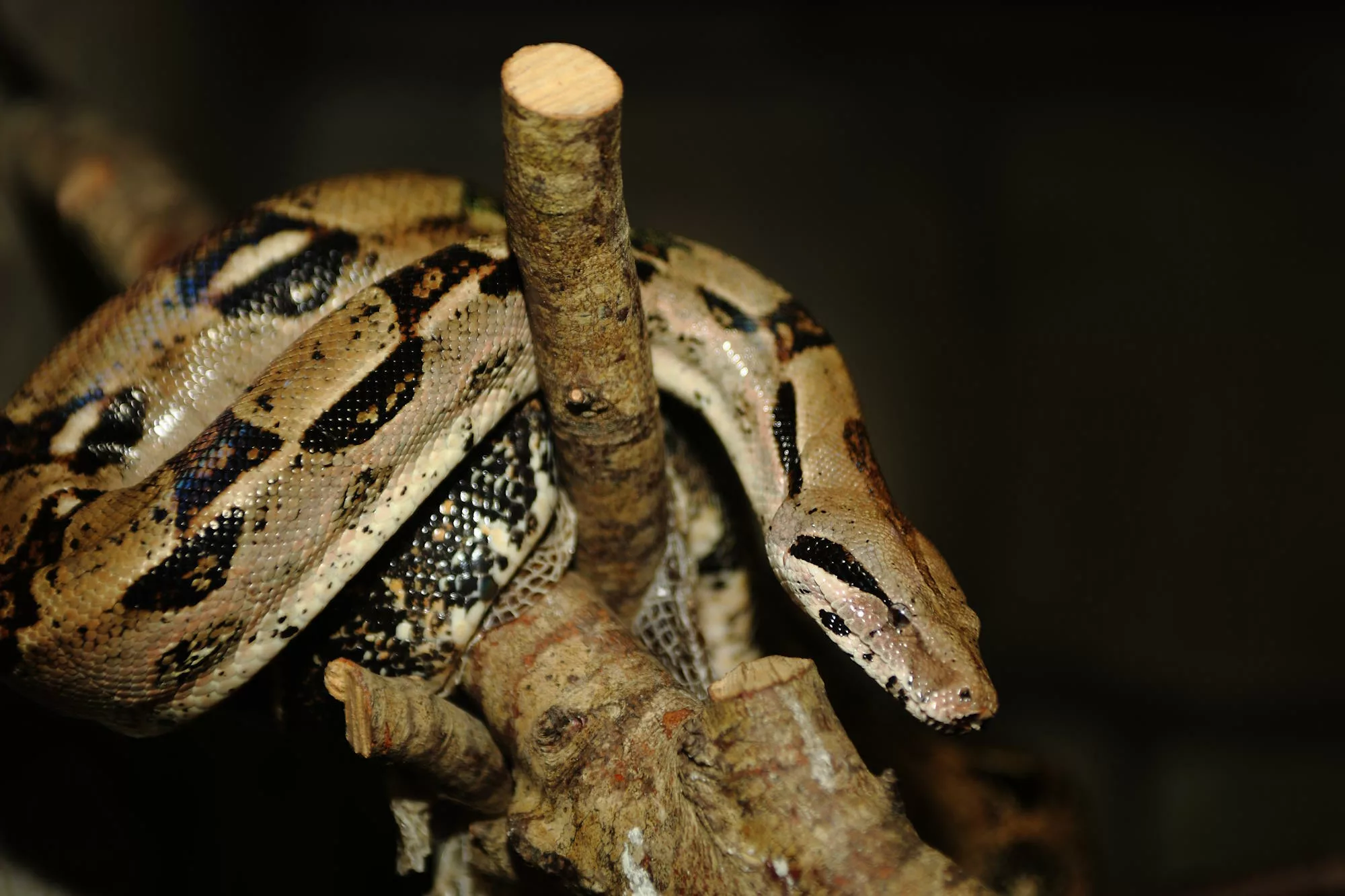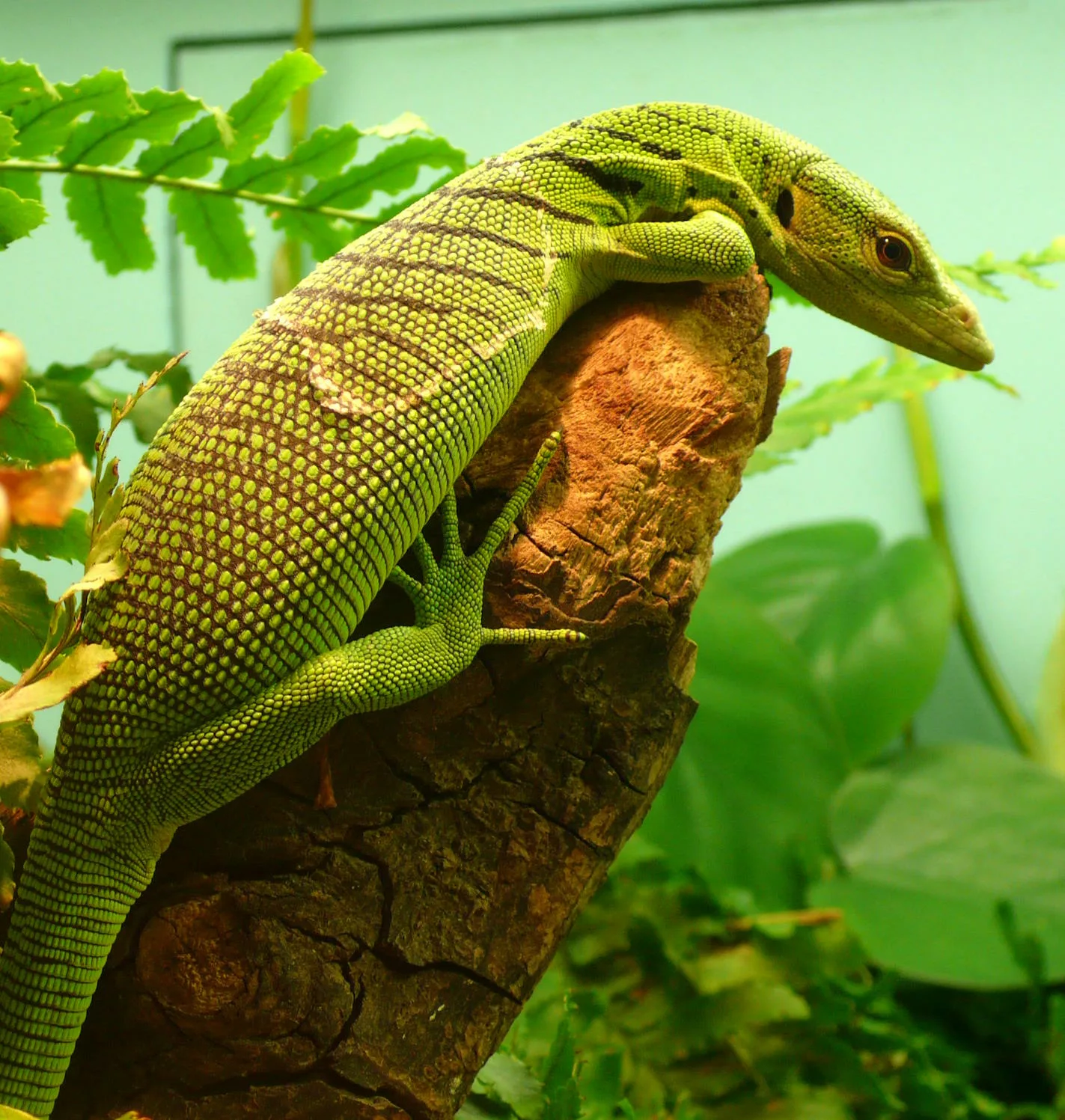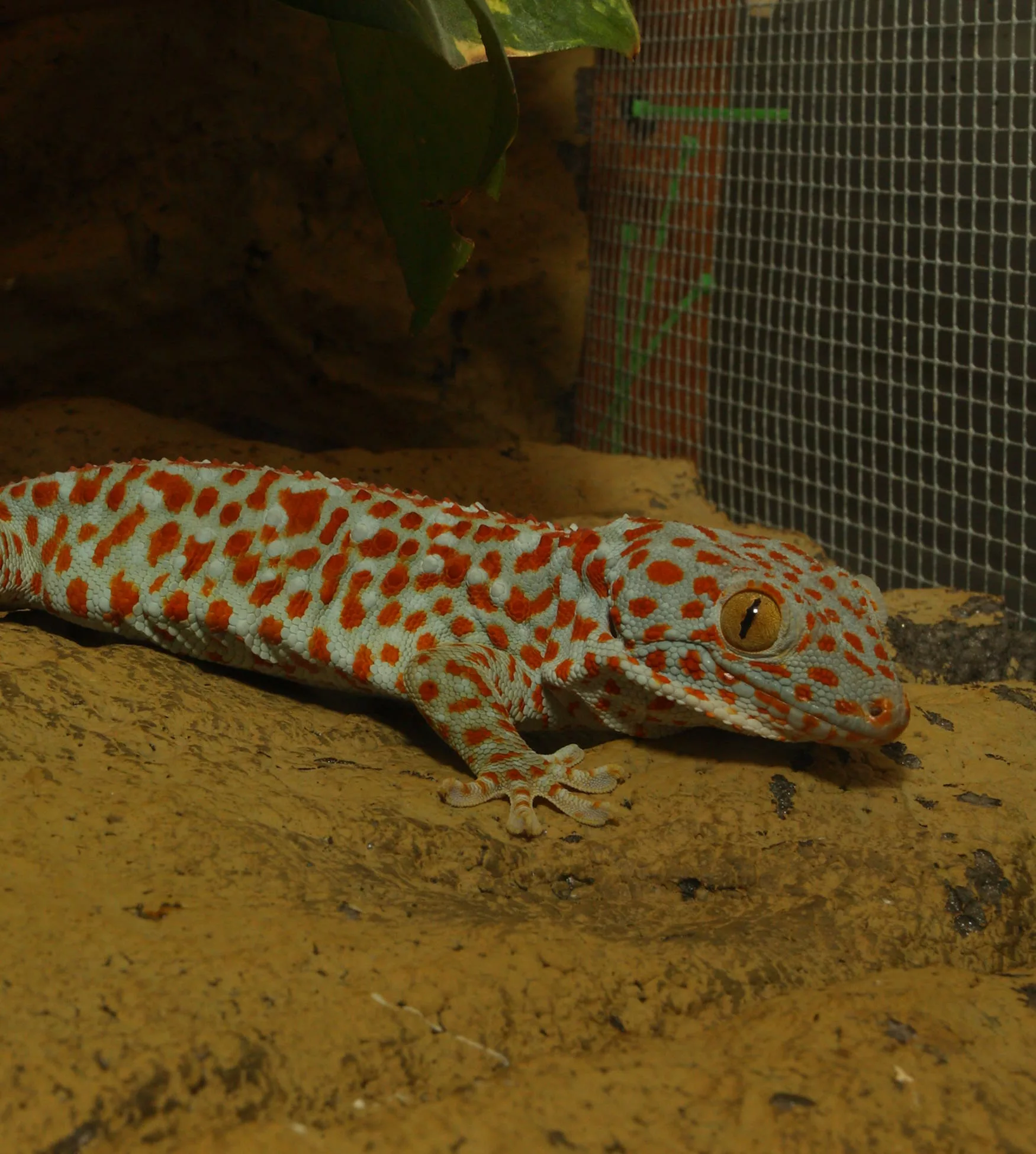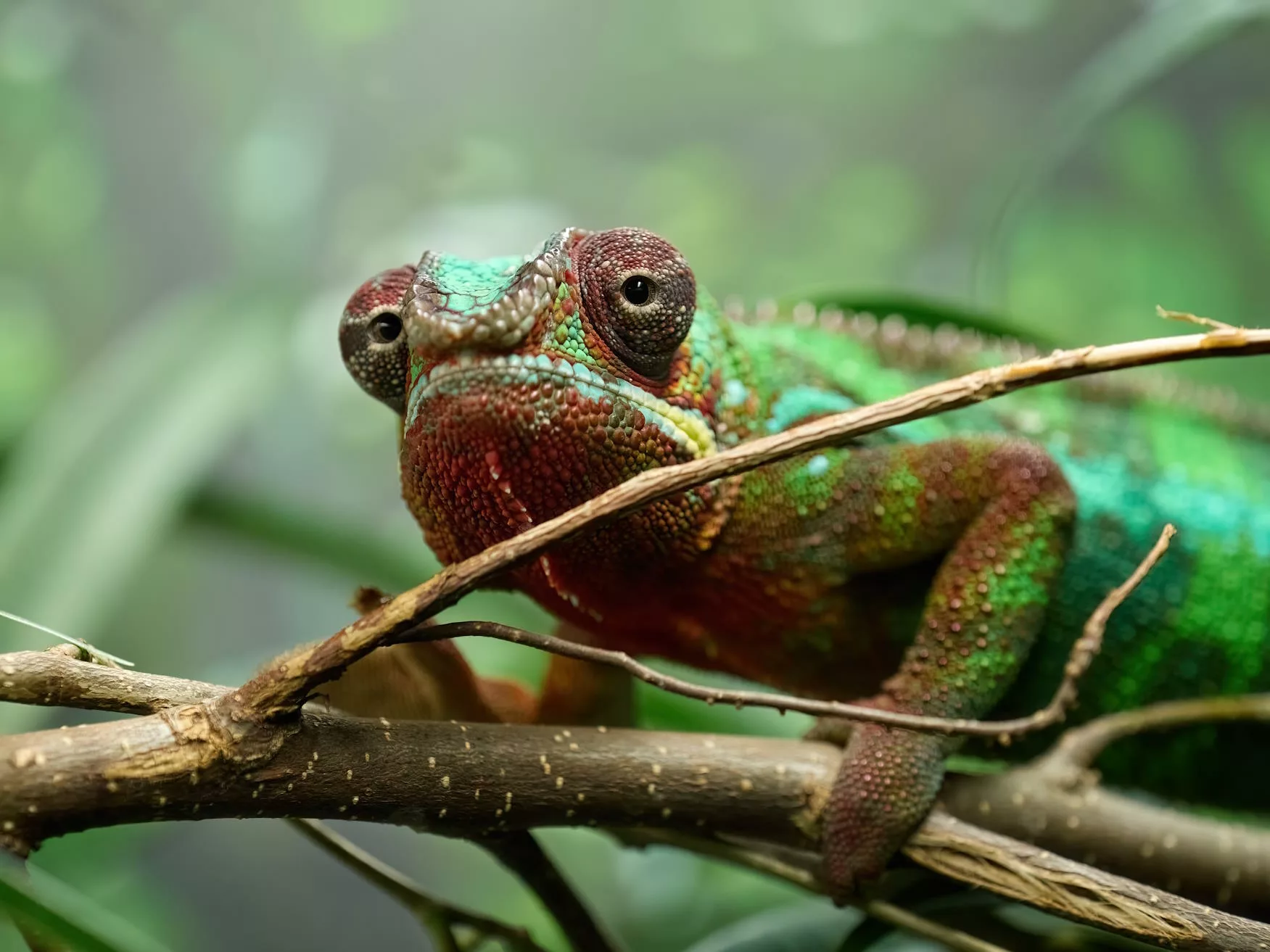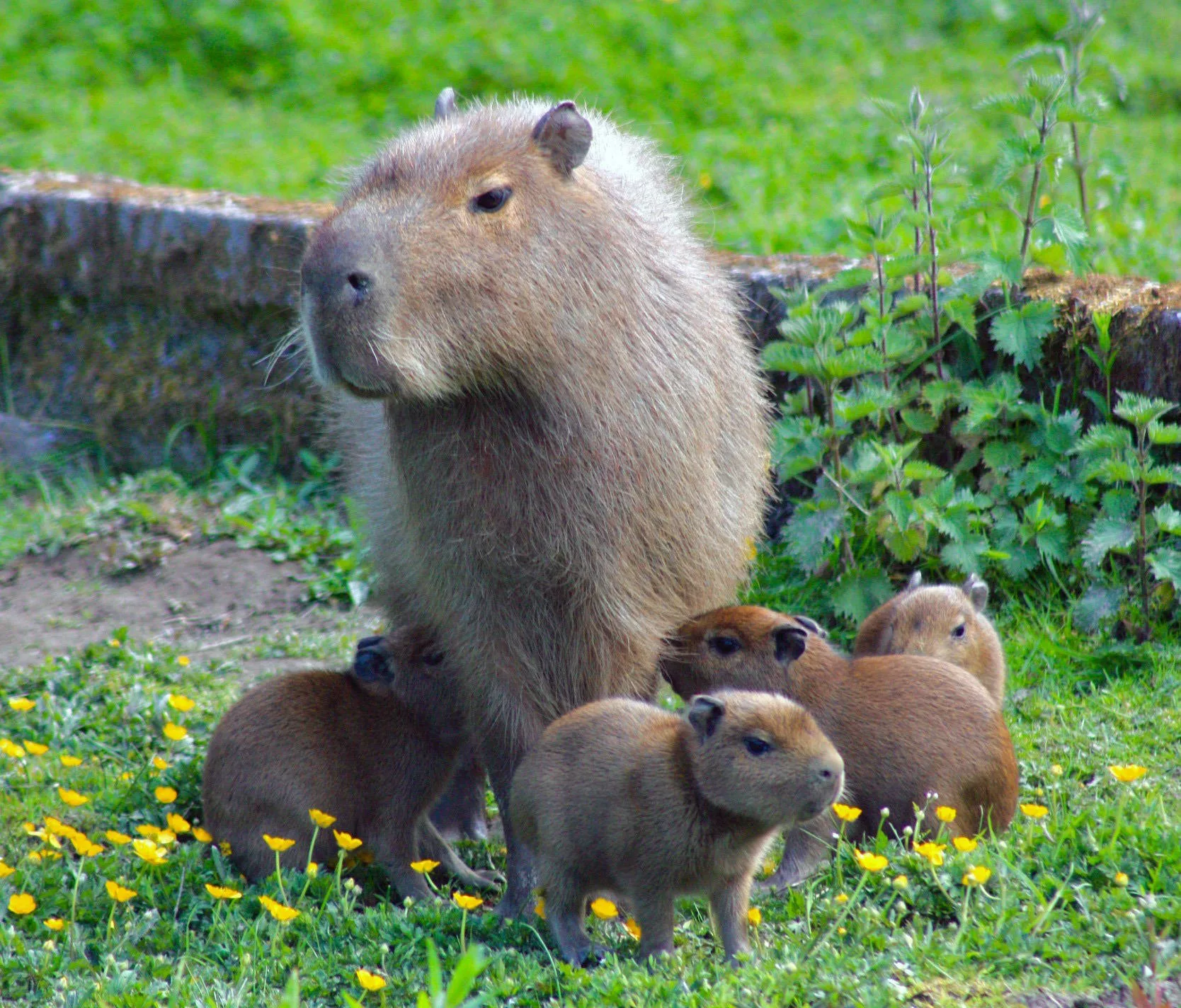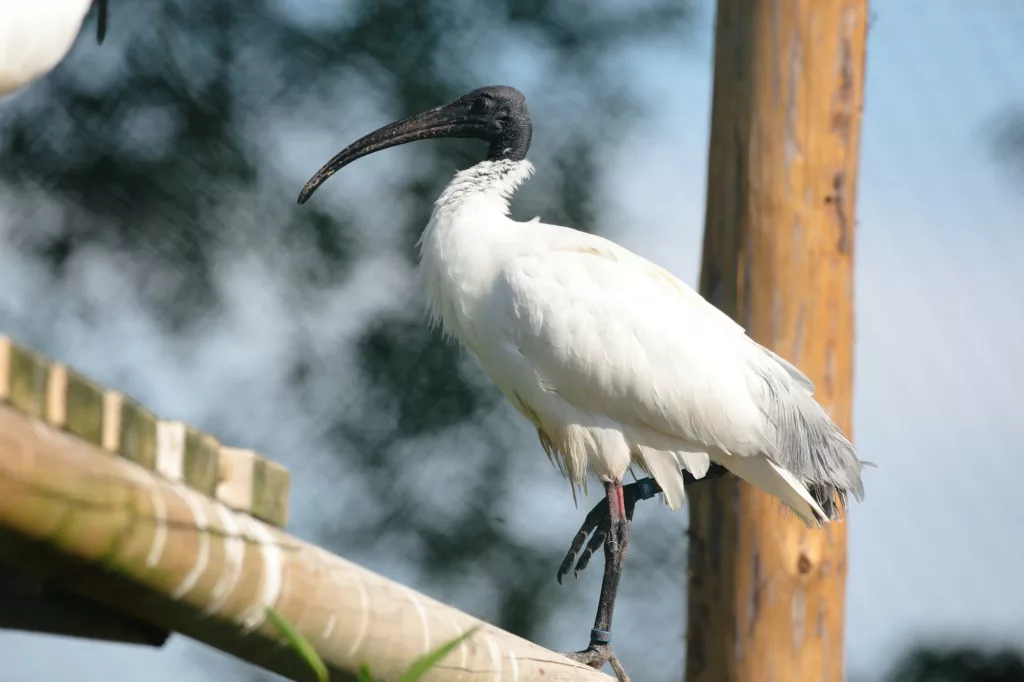
Black-headed ibis
Scientific name: Threskiornis melanocephalus
IUCN listed as: Near Threatened
Learn before you visit!
Here are some facts about the species – Discover what they eat, find out about their natural habitat, see what they like to do, and more… Set the reading style to suit you too, everyday speak or something aimed towards children.
Child-friendly
Everyday
Diet
The black-headed ibis is a carnivorous bird, feeding primarily on fish, frogs, insects, and other small aquatic animals. They forage in shallow waters, using their long, curved beak to probe the mud and water for prey. Occasionally, they may also eat plant matter and waste from human activities. Their diet allows them to thrive in a variety of wetland environments.
Black-headed ibises eat mostly fish, frogs, insects, and small animals they find in the water. They use their long, curved beak to dig in the mud and water for food. Sometimes, they eat plants and leftovers from people. They can live in many wet places because they eat lots of different things.
Breeding
Black-headed ibises breed in colonies, often alongside other water birds. They build large nests out of sticks and twigs, usually in trees or on the ground in marshy areas. The female lays 2 to 4 eggs, which both parents help to incubate for about 21 to 25 days. After hatching, the chicks are cared for by both parents until they are ready to fledge about six weeks later.
Black-headed ibises have babies in groups, often with other birds. They make big nests out of sticks in trees or on the ground in wet areas. The mother lays 2 to 4 eggs, and both parents take turns keeping them warm for about 21 to 25 days. When the chicks hatch, both parents feed and care for them until they can fly about six weeks later.
Habitat
The black-headed ibis is found in a variety of wetland habitats, including marshes, swamps, lakes, and rivers. They are also commonly seen in rice paddies and other agricultural areas with standing water. These birds prefer shallow waters for foraging and nesting. Their range extends across South and Southeast Asia, including India, Sri Lanka, and parts of Indonesia.
Black-headed ibises live in many wet places like marshes, swamps, lakes, and rivers. They are often seen in rice fields and farms with water. They like shallow water for finding food and making nests. They live in South and Southeast Asia, including countries like India, Sri Lanka, and parts of Indonesia.
At the zoo
In zoos, black-headed ibises are kept in environments that replicate their natural habitats, including water features and areas for foraging. Their diet in captivity includes a variety of fish, insects, and other small animals to ensure they receive proper nutrition. Zoos participate in breeding programmes to help sustain their population and educate the public about their conservation. Enrichment activities, such as live prey and interactive feeding methods, are used to stimulate their natural behaviours.
In zoos, black-headed ibises live in places that look like their natural homes, with water and spots to find food. They eat fish, insects, and small animals to stay healthy. Zoos help them have babies and teach people about how to protect them. Fun activities, like catching live food, help the birds practise their natural behaviours.
Behaviour
Black-headed ibises are social birds, often seen in flocks, especially during the breeding season. They communicate with a variety of calls, including loud, harsh croaks. These birds are known for their graceful flight, often forming V-shaped formations when flying long distances. They are diurnal, meaning they are active during the day and rest at night.
Black-headed ibises like to be with other birds and are often seen in groups, especially when they have babies. They make lots of different sounds, including loud croaks. They are graceful fliers and often fly in a V-shape when travelling long distances. They are active during the day and sleep at night.
Fun facts
- Mud Probers: Black-headed ibises use their long beaks to probe the mud for food, making them excellent foragers.
- Travel Together: They often travel in large flocks and can cover great distances.
- Versatile Eaters: Their diet includes a wide range of prey, which helps them adapt to various environments.
- Distinctive Look: They are easily recognisable by their black heads and white bodies.
- Cultural Significance: In many cultures, the ibis is considered a symbol of knowledge and wisdom.
- Mud Diggers: Black-headed ibises use their long beaks to dig in the mud for food, which makes them great at finding snacks.
- Group Travellers: They like to travel in big groups and can fly very far.
- Flexible Diet: They eat many different things, which helps them live in lots of places.
- Unique Appearance: They are easy to spot because of their black heads and white bodies.
- Symbol of Wisdom: In many cultures, the ibis is seen as a symbol of knowledge and wisdom.
More animals to discover at our zoo
Quick Links
Tickets & Prices
You can buy tickets for Exmoor Zoo securely online, as well as finding out more price options, discover offers, and more…
What’s on…
Exmoor Zoo hosts incredible Events all through the year. You can find out about what we’ve got in store here…
Routes & info
Like any great discovery, Exmoor Zoo can feel a little off the beaten path – but don’t worry – you can plan your journey with our recommended routes and other useful travel info.
